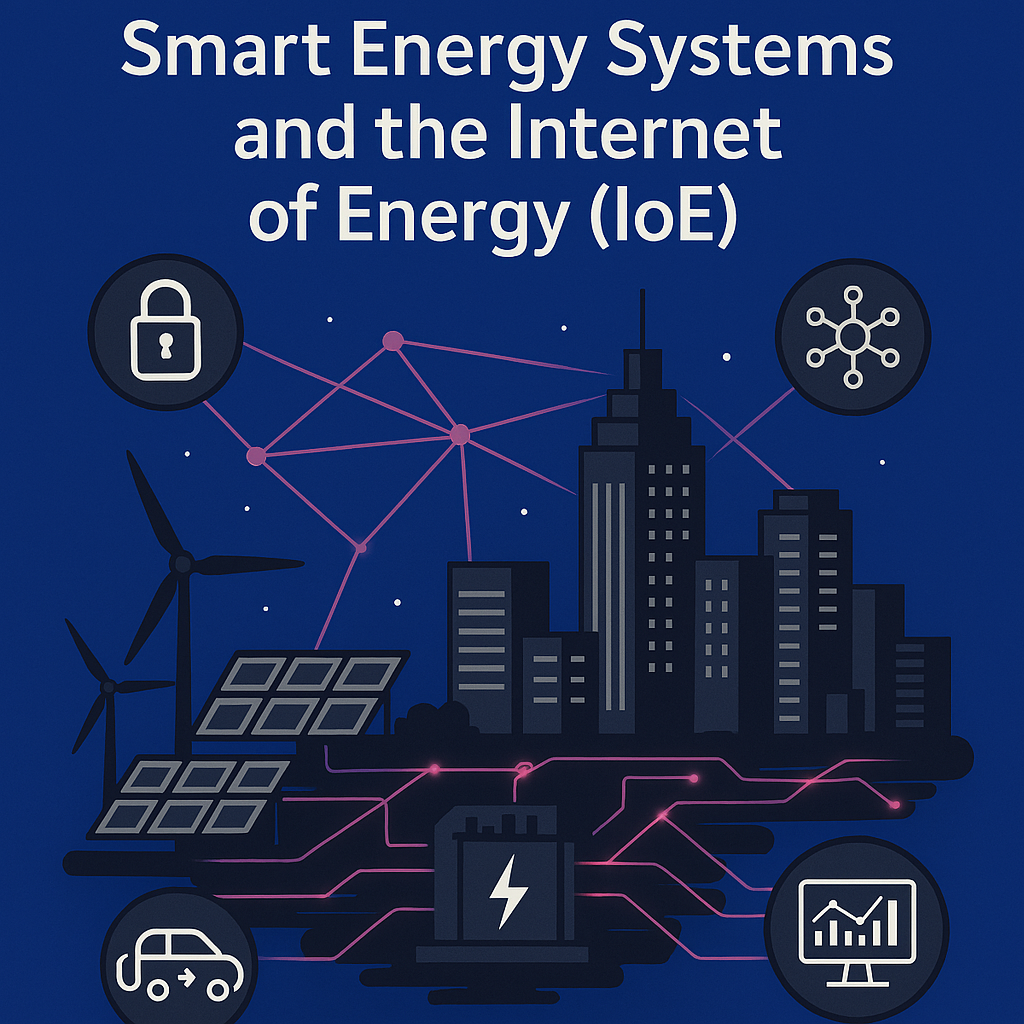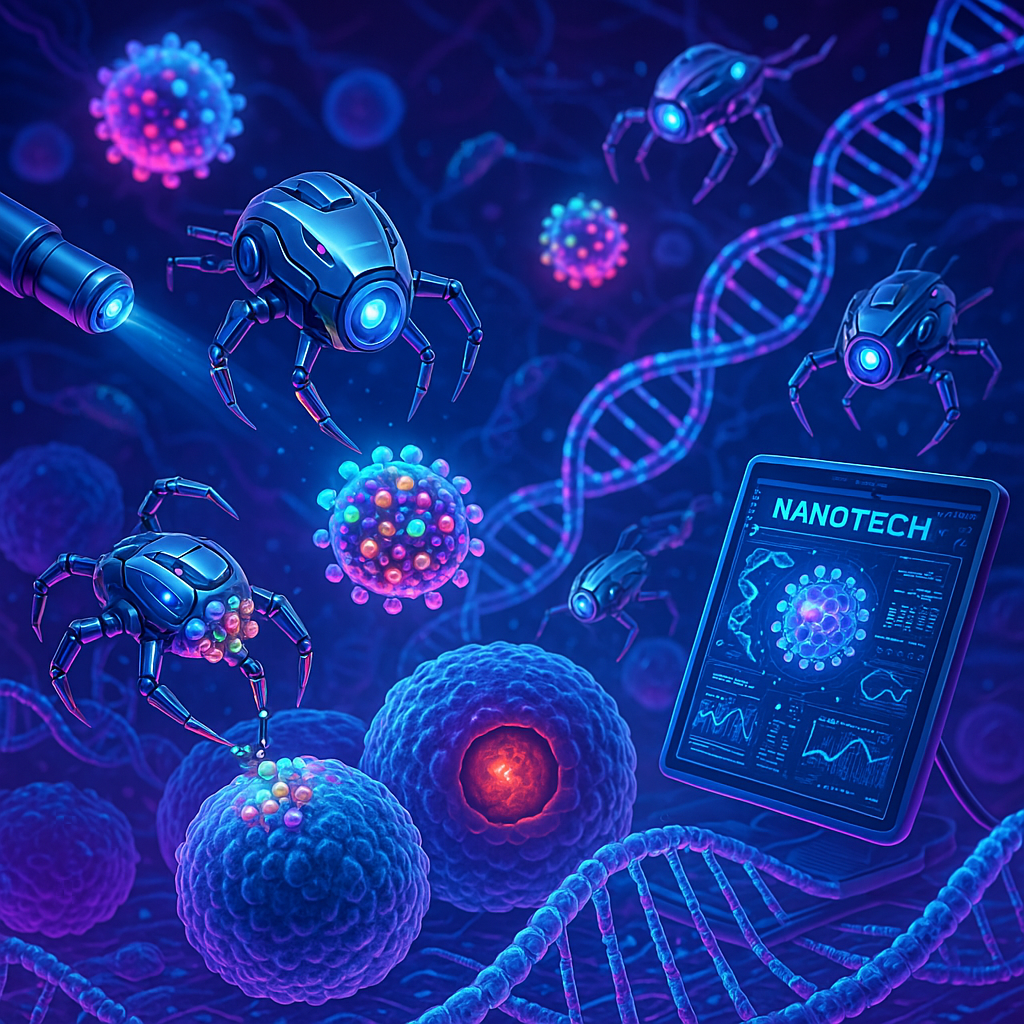Digital Preservation
Digital archiving and preservation policy

Digital preservation encompasses a series of processes and activities aimed at safeguarding digital content to ensure its long-term accessibility. Research on Engineering Structures and Materials (RESM) recognizes the value of its digital content and has implemented robust measures to guarantee both current accessibility and long-term preservation. The key aspects of the preservation policy are as follows:
Website Archiving
All journal content, including the website and manuscripts, is stored on three separate sources. One server hosts the live content for reader access, while identical backups are maintained on two additional sources. In the event of a server failure, one of the backup sources can be activated, ensuring the website’s availability within 24–36 hours.
Abstracting/Indexing Services
Our journal collaborates with Abstracting and Indexing services that store essential metadata for articles. Additionally, some services archive the full-text versions of articles, providing an alternative access route for the scientific community in case of disruptions on the journal’s own platforms.
Self-Archiving
Authors are permitted to archive the final published version of their articles in personal or institutional repositories immediately after publication, ensuring wide and independent access.
Continuity in Case of Discontinuation
While the journal intends to continue its publication for the foreseeable future, contingency plans are in place for unforeseen circumstances. If publication ceases, all published content will remain online and accessible for at least 10 years. In cases of catastrophic failure or discontinuation, the content will remain accessible through the LOCKSS (Lots of Copies Keep Stuff Safe) initiative, ensuring its availability to the academic community.











